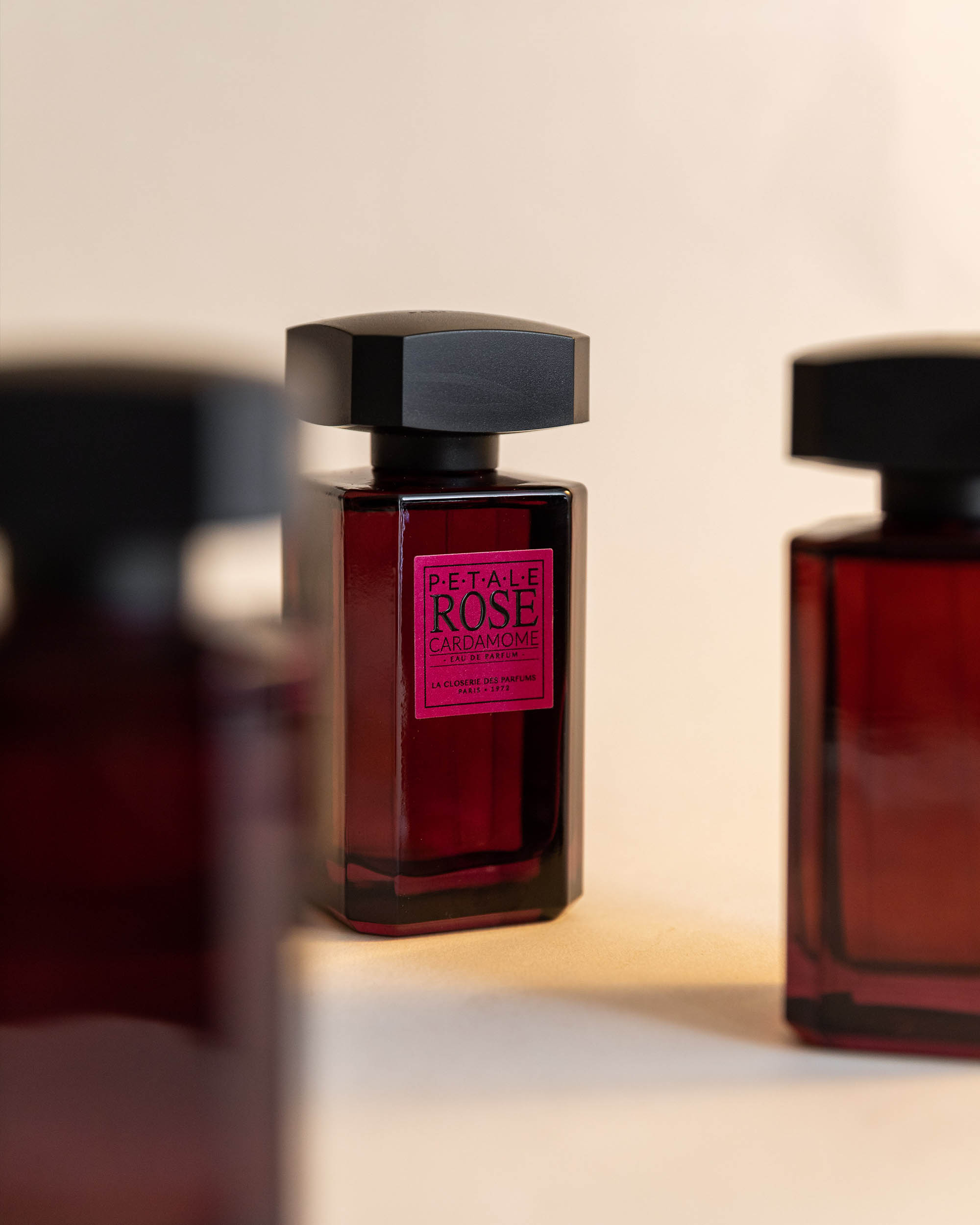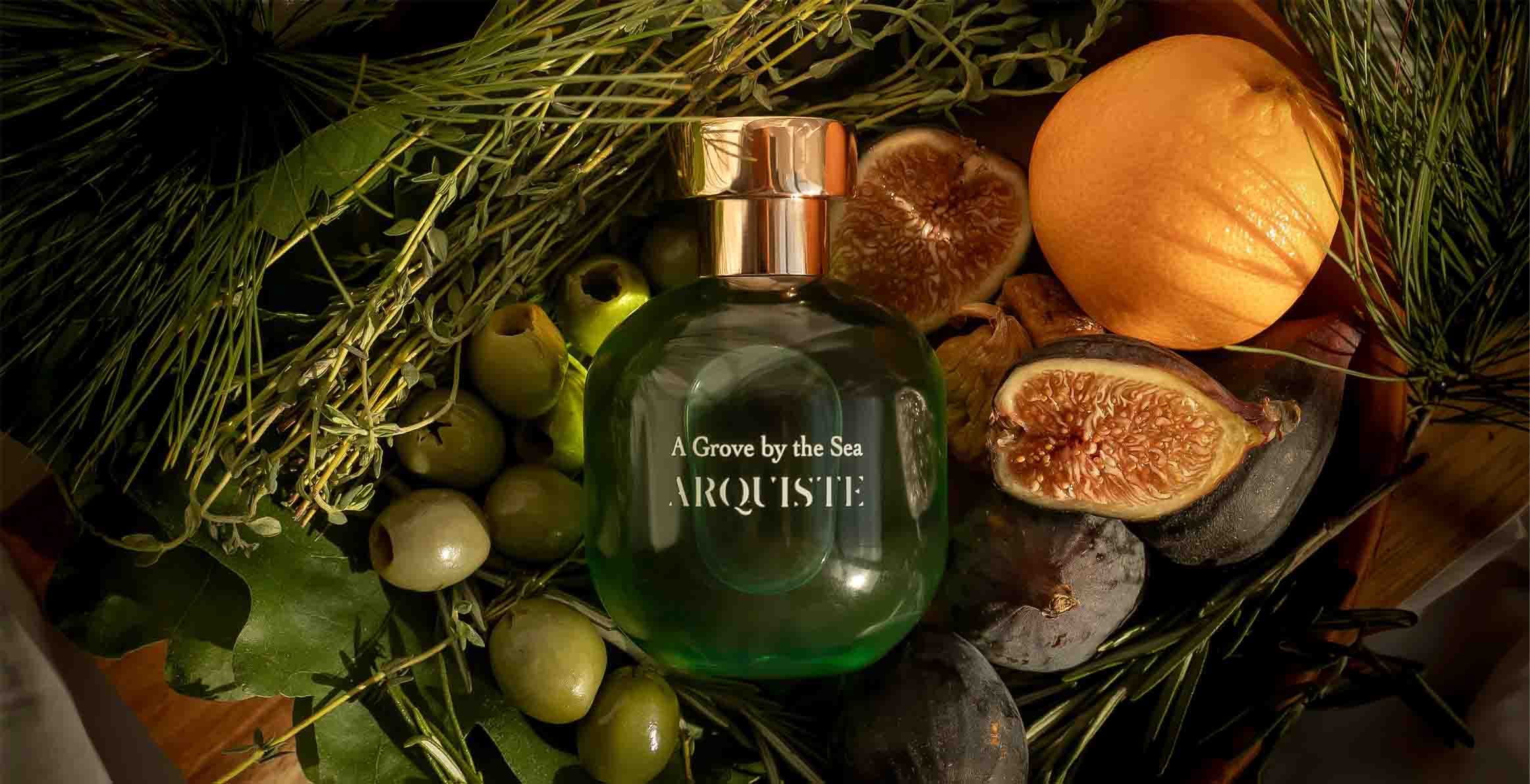The Calming Scent of Tea in Perfume
As proud Brits, one thing we know all too well is how the ritual of a hot cup of tea can solve, in most of our parents' views, just about anything.
Many's the time they will stop you in your tracks, just as you open your mouth to unload your woes with, "Pop the kettle on, dear."
It's use in perfumery is not all that different, with delicate soothing tones that are used create a sense of calm.
But although tea is often considered to be a quintessentially British treat, it's origins begin in China 2737 BC...

It's said that Emperor Shen Nung sat under a tree to sip on a cup of boiled water, when the breeze carried leaves into his cup and set the renowned herbalist on a path to accidentally create one of the world's most famous drinks.
But although traces of tea were discovered in tombs as far back as the Han Dynasty (206 BC), it wasn't until the Tang Dynasty of 618-906 AD that it was popularised among the people.

Emperor Shen Nung
These days it seems like the choice of tea is endless; Oolong, Black, White, Darjeeling, Lapsang Souchong to name just a few. It's surprising then that this wide variety comes from just one plant, the Camellia Sinensis.
It's the careful treatment of the diverse plant that adds the diverse magic that we know and love. Once the leaves are left to dry (wither), there are a variety of processes used.
- Green Tea is gently steamed to leave the colour in the leaves
- White Tea is considered to be the freshest. It is picked early when the buds are young and gently dried, leaving white lines of the buds.
- Black Tea is shredded to release enzymes and run through a CTC machine to release it's juices.
- Oolong Tea is treated similarly to Black Tea at first, before being steamed.
- Lapsang Souchong is smoked over pine wood.
THE SCENT OF TEA
Tea is a material that is available for perfumery in both a natural, synthetic and accord forms.
The most popular of the natural oils used is Mate Tea, with a beautiful matcha-like herbaceous quality that's underpinned by a smoky tobacco-like note.
Try 'Crazy Hours 6' by Franck Muller
The smoky, seductive Lapsang Souchong is often used by combining other natural materials such as Birch Tar and other resins or wood notes.
Try 'Indigo Smoke' by Arquiste










Leave a comment